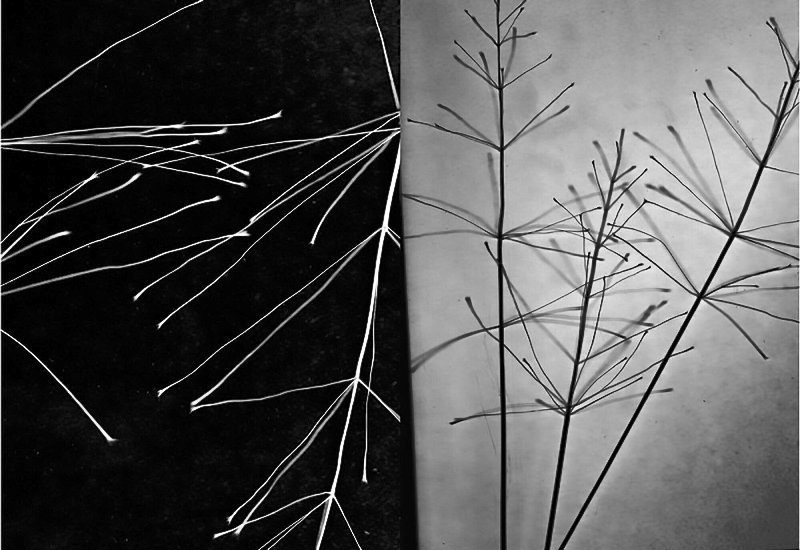Artists invest large amounts of time, skill, and emotion into their artwork. However, deciding on the price for reproducing their art in print form can be a challenging task. It involves finding a balance between making art accessible to budgets while also ensuring that artists are not undervalued. In this post, we will explore strategies for valuing your art when it is reproduced as prints.
Understanding Perceived Value
Perceived value plays a role in determining the pricing of art prints. It refers to how potential buyers perceive the worth of a piece of art based on factors such as quality, exclusivity, and demand. As an artist selling prints, you need to comprehend how potential buyers might assess your work.
The Importance of Quality
The perceived value of your art prints significantly increases when high-quality printing techniques and materials are used. By investing in renowned printing services or utilizing equipment for high-quality printing, you can ensure that every print meets customers’ expectations. By understanding how to make art prints that stand out, it becomes clear that excellence in both technique and materials is necessary.
Enhancing Demand through Limited Editions
Creating limited editions of your prints helps cultivate a sense of rarity and exclusivity, increasing their perceived value. Instead of creating several prints, limiting the quantity adds a sense of scarcity and encourages collectors to make a purchase sooner rather than later.
One suggestion is to consider signing each print in the edition or numbering them consecutively (e.g., 1/100). This enhances the feeling of exclusivity and adds authenticity, which is crucial for establishing value among serious collectors.
Determining Pricing Strategies
Once you have a grasp on the factors that contribute to perceived value, it’s time to explore pricing models. Here are several strategies:
Approach Based on Comparable Sales
The approach based on comparable sales involves analyzing recent sales of similar artists and artworks. Look for artists who have a style or subject matter similar to yours and evaluate the prices their prints have sold for. This approach allows you to set a price while highlighting your value proposition.
Evaluation Based on Time and Skill
Another strategy for determining prices is assessing the time, skill, and effort you invested in creating the artwork. Calculate how long it took to create the piece, including any research or preparatory work. Then, consider your experience and recognition as an artist within the market.
Remember that valuing your art based on time and skill can be challenging since buyers consider factors beyond these variables. The evaluation of your concept, execution, and demand will all play a role in how consumers perceive it.
Pricing Based on Success
If you notice a surge in collectors’ interest or certain prints consistently outperforming others, you might want to consider adjusting the prices. Increase the prices for prints that are more popular or in demand to reflect their increased value. On the other hand, lowering the prices of popular prints can attract buyers without devaluing your work.
Factors Affecting Print Pricing
There are external factors that influence art print pricing, including:
Consideration for Size
Generally, larger prints tend to have higher prices due to the rise in material costs as well as the perceived value associated with larger pieces.
Profit Margins
The profit margin per print can be affected by costs such as studio rent/utilities expenses related to framing or packaging marketing expenditures and fees associated with online/print sales platforms. It’s important to take these costs into account when determining your pricing strategy.
Impact of Subject Matter
To better perceive how to make prints of your art that sell, comprehending the subject matter is crucial. The relevance of trends or popular subject matter can influence buyers’ willingness to pay higher prices for your art prints. Staying informed about categories or themes within the art world can help you meet consumers’ expectations effectively.
Building Trust in the Art Market
To establish trust when selling prints, consider:
Open and Honest Communication
Maintain transparency by communicating with potential buyers about the quality of materials used for printing edition sizes (such as limited editions) and any accompanying certificates of authenticity or signed plaques.
Establish a Strong Online Presence
In today’s world, it’s crucial for artists to have an online presence. Showcase your portfolio on your website and social media platforms to give buyers direct access to your art prints.
Positive Reviews and Testimonials
Encourage customers to leave reviews or testimonials regarding the quality of your prints, packaging, and overall experience. Positive feedback helps build credibility and trust with buyers.
Conclusion
Determining art print pricing may seem daunting. By following a strategic approach, you can provide value to both yourself as an artist and your prospective buyers. Focus on perceived value, choose pricing models for your work, consider factors like size and subject matter, and maintain communication to foster trust in the market.
By combining these strategies with marketing techniques, you’ll be well on your way to success in valuing your art through prints. Remember, prices can always be adjusted as market dynamics change—so embrace flexibility while establishing credibility in the art world.


